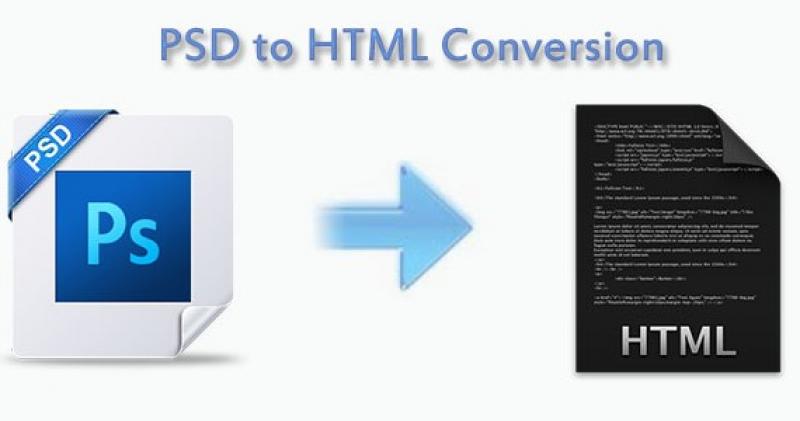If you are into an online business, you are well aware of the importance of an appealing and user-friendly website. X/HTML and CSS web conversions are focused on creating a professional looking website, which has an awe-inspiring layout and makes it easier for the visitors to navigate across it’s content.
Premium PSD to HTML conversions begin with high quality PSD slicing. In this, the files are broken down into smaller fragments like banners, logos, headers and footers. This improves the appearance as well as the overall functionality of the site and creates an engaging portal for the viewers.
Conversion of static PSD files into dynamic HTML templates are majorly undertaken to make the website compatible with the leading web browsers. This allows a business website to work extremely well in Firefox, Opera, Chrome and all versions of Internet Explorer. The hand coded markups ensures that the website loads with minimum loading time and gives the users an amazing experience.
Image editing programs such as Adobe Photoshop, Pixlr etc. have a lot of files like fonts, photos, tags and PSDs. In order to keep the HTML conversion organized, you should place the files in folders. By maintaining the PSD files carefully, you can significantly cut down the efforts and time involved in performing the conversion.
Planning the final website layout should be done before you begin with the conversion process. You can select from the 4 primary options which are:
- Responsive
- Fixed
- Mobile
- Fluid web layout
The responsive layout is ideal for a website focusing the mobile and tablet users. Mobile layout is specifically used for smartphone based web templates. The fixed layout has static dimensions and relevant for desktop designs whereas the fluid designs benefit the desktop and mobile device users when the browser is minimized.
SEO optimized semantic tags boost the visibility of the website over the leading search engines. So, these are an important part of the HTML web conversions. The search engine crawlers go through the web pages which are rich in content and look for easy to understand semantic codes. In order to make it easier for these crawlers to understand the codes, HTML markups play an important role while getting the PSD files converted to HTML.
Today there are many automated tools and applications over the internet which convert PSD images into HTML file. Yet, it is advised to prefer hand coding over any automated tool for an effective HTML conversion. This is because the auto generated codes are prone to bugs and errors, which affect the functioning of the website. On the other hand, custom coding eliminates the bugs and irrelevant codes and keep the syntax responsive and lightweight.
